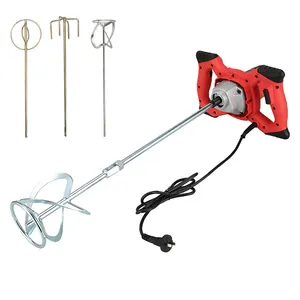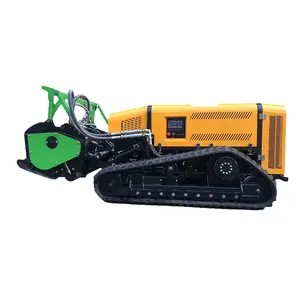Popular in your industry



























































Related Searches:

















































































































































Top categories
About hydraulic circular saw
The hydraulic circular saw is a versatile cutting tool that operates with the aid of hydraulic power. It's a unique power tool that stands out from the competition because it can be powered by a variety of hydraulic systems, including those that are part of a tractor or a skid steer. The limbsaw hydraulic circular saw is a great example of this tool's flexibility and adaptability, making it well-suited for a variety of applications. The hydraulic circular saw's operation is simple: hydraulic power is used to drive the saw blade, allowing for efficient and precise cutting. The modular design of the hydraulic circular saw makes it highly adaptable and easy to use in a variety of settings. Additionally, the saw's hydraulic power provides consistent performance, making it suitable for heavy-duty cutting tasks in industrial and construction settings.
Advantages of Using a Hydraulic Circular Saw
The hydraulic circular saw offers several advantages that set it apart from other types of power tools. One of the key benefits is its ability to generate high torque, allowing for the efficient cutting of tough materials. This feature is particularly useful in industrial and construction settings, where the saw's power and precision are essential. Additionally, the hydraulic circular saw can be easily integrated with various hydraulic systems, making it a versatile tool for a wide range of applications. For example, the hydraulic circular saw for tractor is commonly used in agriculture and land management for tasks such as tree cutting and land clearing. Similarly, the hydraulic circular saw for skid steer is popular in construction and landscaping for its ability to cut through concrete, asphalt, and other hard surfaces.
The hydraulic circular saw is also valued for its safety features. Unlike traditional circular saws, the hydraulic circular saw is less likely to kick back, reducing the risk of accidents. The saw's design also allows for more controlled and stable cutting, enhancing operator safety. Additionally, the hydraulic power eliminates the need for a separate power source, reducing the risk of electrical hazards in wet or outdoor environments. The hydraulic circular saw's adaptability extends to its ability to use various types of blades. This flexibility allows users to choose the right blade for the specific material being cut, further enhancing the saw's versatility. Some hydraulic circular saws are equipped with adjustable blade guards and depth control, making them customizable to different cutting requirements. Moreover, the high level of torque generated by the hydraulic circular saw motor contributes to cleaner cuts, minimizing the need for additional finishing work.
Applications of Hydraulic Circular Saws
The hydraulic circular saw's robust construction and power make it well-suited for a wide range of applications. In the construction industry, it is used for cutting concrete, masonry, and metal. In addition, it is also employed in road construction and repair projects to cut through asphalt and other hard surfaces. The hydraulic circular saw for skid steer is particularly useful in these scenarios due to its compatibility with skid steers, which are commonly used in construction. Furthermore, the saw's ability to cut through various materials makes it an asset in demolition projects, where precision cutting is essential to avoid damage to other structures.
Hydraulic circular saws are also extensively used in the forestry and agriculture sectors. The hydraulic circular saw for tractor is utilized for tasks such as land clearing, tree felling, and cutting lumber. It is also a valuable tool in disaster response and emergency services for tasks like swift tree removal after storms. The adaptability of hydraulic circular saws extends to the marine industry, where they are employed in shipbuilding and repair projects, often in conjunction with other hydraulic equipment. In the manufacturing sector, the saws find applications in cutting large pipes, metal sheets, and other heavy materials. Finally, the saw's ability to handle large-diameter cutting tasks makes it beneficial in the energy sector, particularly for cutting pipelines and other infrastructure.




















































